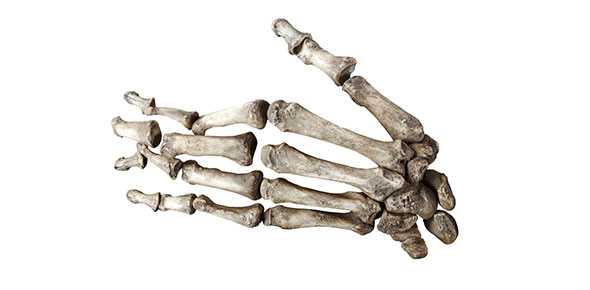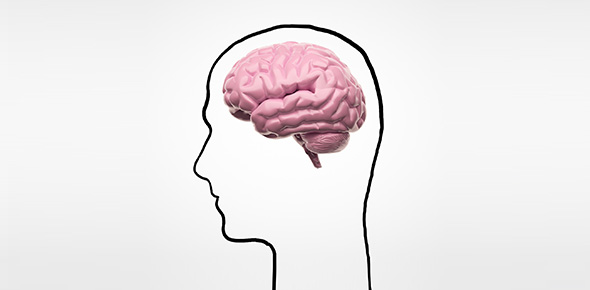Related Flashcards
Cards In This Set
| Front | Back |
|
Socioeconomic Status (SES)
|
Combined measure of income, education, and employment level
|
|
Health literacy
|
The cognitive and social skills which determine the motivation and ability of individuals to gain access to, understand and use information in ways which promote and maintain good health
|
|
Heterosexism
|
Assumption that people's romantic relationships involve members of the opposite sex
|
|
Racism
|
Discrimination based on a person's race
|
|
Concierge medical practices
|
offer better-than-average patient-staff ratios and longer exam times but only to patients who can afford to pay more than their insurance will cover
|
|
Prelogical conceptualization
|
Ages 2-6
children define illness as something caused by a tangible, external agent, such as a monster or the sun |
|
Concrete-logical conceptualization
|
Ages 7-10
children begin to differentiate between external causes, such as wind and cold, and internal manifestations, such as sneezing and talking funny. |
|
Formal logical-conceptualization
|
Ages 11 and older
children are remarkably adept at envisioning the complex influence of agents they cannot readily see. |
|
Ageism
|
Discrimination based on a person's age.
|
|
Accommodate
|
Adapt to another person's style or needs
|
|
Communication accommodation theory
|
People tend to mirror each other's communication styles to display liking and respect
|
|
Convergence
|
Partners use similar gestures, tone of voice, vocabulary and so on
|
|
Divergence
|
Acting differently than the other person
|
|
Overaccommodation
|
An exaggerated response to a perceived need
|
|
E-quality theory of aging
|
Posits that older adults benefit as both teachers and learners when they "use, contribute to, influence and express themselves in electronic environments"
|







